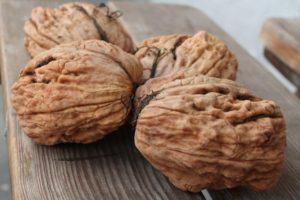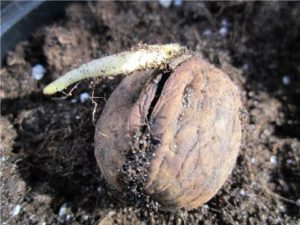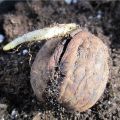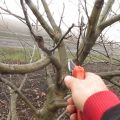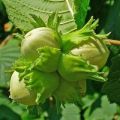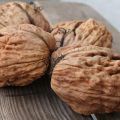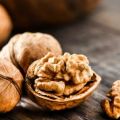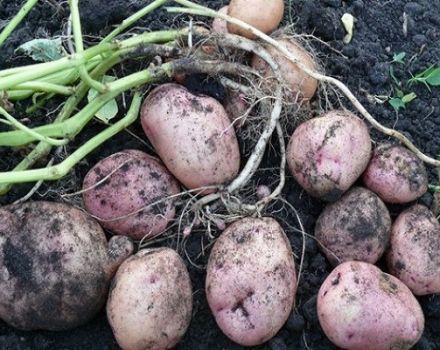Description and characteristics of Lancaster walnut, planting and care
You can replenish and diversify the collection of trees on your site with an amazing hybrid plant - Lancaster nut. The original, improved hybrid combines plants from two continents: North America and Japan. Bred artificially, with the help of cross-pollination of heart-shaped and gray walnut. Lancaster winter-hardy walnut is ideal for the climate of central Russia, it has abundant fruiting.
Description and characteristics of Lancaster walnut
The Lancaster giant got its name from the Botanical Garden in Lancaster, where it was born.
Man is partially involved in the creation of this hybrid. Breeders inadvertently planted two types of thermophilic nuts next to each other in the nursery. Further, nature took the initiative to create a new plant. As a result of cross-pollination, a new hybrid arose - the Lancaster nut. Having absorbed all the positive characteristics of the parents, the new type of walnut trees improved them and turned into an independent species.
The hybrid is capable of independently producing offspring with exactly the same set of properties and characteristics.
Description of Lancaster Walnut:
- A tree with a strong trunk, wide spreading crown, can reach a height of 10 m.
- Resistant to frost, able to adapt to the harsh climate.
- High yield - up to 8 buckets of fruits from one tree.
- Excellent taste characteristics of ripe fruits: they taste like walnuts, but there is no bitterness in the fruits due to the low content of tannins.
- Elongated fruits, slightly flattened with an elongated nose, fall to the ground on their own.
- The leaves are used in folk medicine.
- It bears fruit since the age of six, increasing the number of fruits every year.
- Undemanding to soil and agricultural technology.
The plant amazes with its characteristics and properties: a medicinal tree with persistent immunity is not afraid of frost, gives up to 8 buckets of fruit per year.
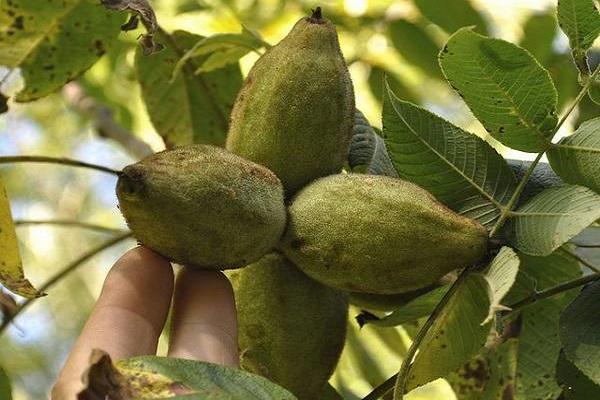
Main positive and negative aspects
It is difficult to find a Lancaster hybrid in the wild, but in recent years this plant has fallen in love with a large number of gardeners. The main advantages of the view:
- winter hardiness and frost resistance;
- high productivity;
- disease resistance;
- stable fruiting;
- excellent taste of ripe fruits;
- medicinal use of plant leaves;
- suitable for long-term storage.
The main disadvantage of the species for planting in personal plots is the height of the plant. In adulthood, it can reach 10 m in height. We must carefully consider the choice of a place for this tree.
How to grow a variety correctly
Lancaster walnut is a godsend for a Russian gardener. Having perfectly taken root in the middle zone of our country, the hybrid does not require complex care, is loyal to various types of soils, and is capable of breeding.
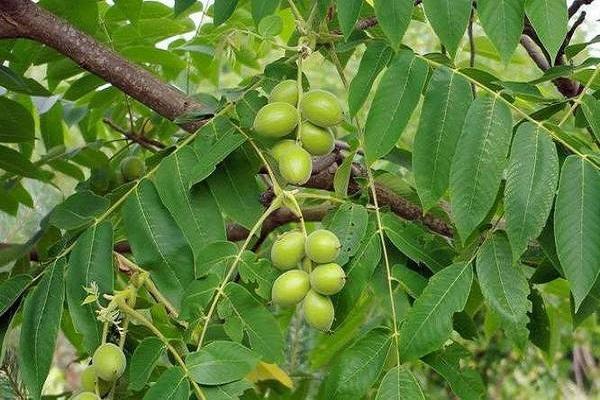
Landing dates
Young plants are planted in early spring or late autumn. Here, the walnut is no different from other trees. The main requirements are to choose the right place, planting material and observe the planting technology.
Site selection and preparation
The choice of a place for planting a nut on a personal plot is a responsible event. The tree grows very tall and can create shade for other plants. The nut itself is photophilous: the more sunlight it receives, the faster it will undergo a transplant and will delight gardeners with its first fruits.
The hybrid does not impose any special requirements on soils; it can be planted both in loamy soil and in soil saturated with sand.
Note: Air pollution does not scare the giant either, these trees are often used for urban landscapes.
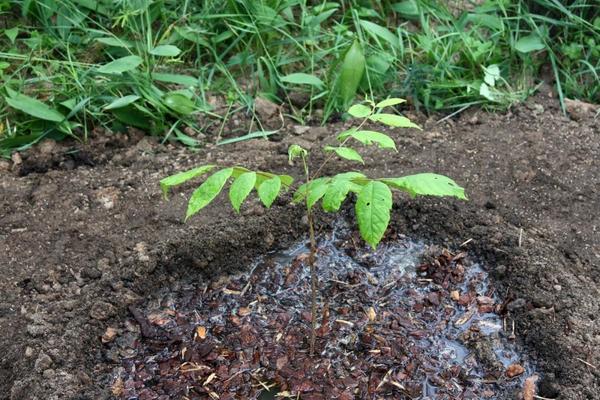
Planting material
The seedling must be healthy, without signs of infectious diseases. Particular attention should be paid to the root system: the roots must be whole, strong, without signs of decay.
The optimum age of the seedlings is 1-2 years. Older plants will take longer to take root. Already in 4-year-old trees, the root system is powerful and spreading, poorly tolerating transplantation.
The plant can be grown and propagated by seed. Nuts that have fallen to the ground in autumn easily endure the winter; to get seedlings next year, it is enough to make small depressions under the fruit and sprinkle with earth. In the spring, not every seed will sprout. Germination rate will be only 30%. Young plants must be protected from pests, and at the age of 2-3 true leaves, move to a permanent place along with a lump of earth so as not to damage the roots of plants.
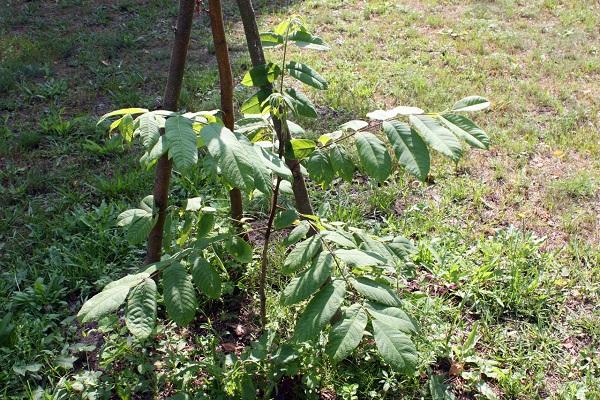
Landing technology
Even a novice gardener can handle the rules for planting an exotic nut, the main thing is to follow the sequence of actions:
- Dig a planting hole of shallow depth: the plant independently deepens into the soil using a long main root. At the bottom of the pit, it is required to put drainage and various fertilizers: rotted manure, peat, humus, sand, wood ash, you can add a little urea. The components are mixed together with the main soil and a little water is added.
- The seedling is released into the groove gently, in the center, spreading the roots. Then sprinkle with earth.
- It is recommended to compact the earth for contact of the root system with the nutrient layer. Then the seedling is watered abundantly.
When planting several trees on the site at the same time, it is necessary to observe the interval between seedlings. Lancaster walnut is a giant tree, neighbors should be located at a distance of 5-6 meters from it.
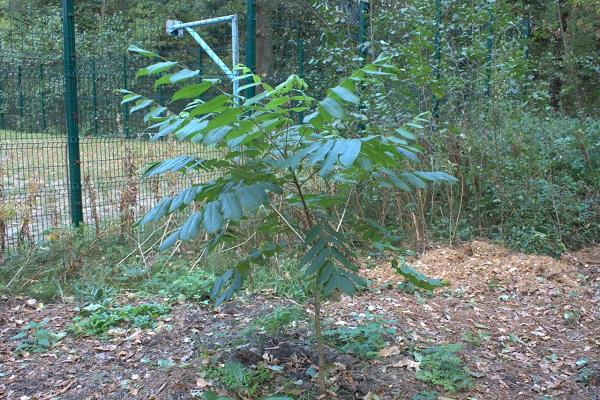
The intricacies of walnut care
The nut hybrid is easy to care for, but it is useful to know some nuances when growing it. This knowledge will allow you to quickly get a high-quality and bountiful harvest.
Watering
The plant does not require frequent watering and tolerates drought with dignity. Regular watering is carried out only in the first three years after planting seedlings in open ground.
In the future, the tree is watered during a long absence of rain and abnormal heat.
Pruning
It is recommended to prune Lancaster walnut, although this step is optional. The formation of the crown is carried out for the purposes of landscape design: the tree takes shape, becomes neat and well-groomed.
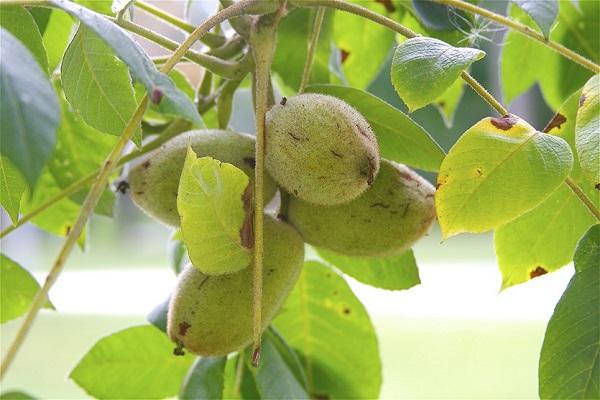
The lower branches are removed to save space in the personal plot: the tree and its crown go up, at the bottom the area of the shaded area decreases, where other plants can be planted. The hybrid survives pruning easily, does not get sick and quickly recovers.
Fertilizer
The plant does not require the introduction of additional nutrient components. A powerful root system provides the tree with nutrition and mineral components. Light and water are the sources of life for the giant tree.
Diseases and pests of the tree
The hybrid inherited strong immunity from his parents. But nevertheless, the plant has enemies - tinder fungi. Parasitizing on the trunk and branches of the victim, they are able to destroy the tree in several years. Lancaster walnut should not be planted next to old trees affected by these fungi.
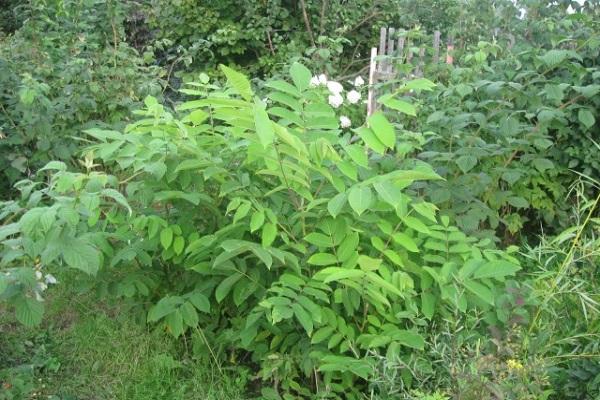
If a nut has become infected with parasites, it is necessary to remove all dried and affected branches. It is recommended to burn them. Cover the cuts from the cut branches with garden pitch or a mixture of clay and sand. In case of abundant infection, pesticides are used.
Note: To prevent pests, it is recommended to coat tree trunks with lime mortar at a level of 1.5 meters from the ground.
Harvesting and storage
The gardener receives the first fruits of his labor in the sixth year of the plant's life. With each subsequent year, the volume of the harvest increases rapidly. Ripe nuts fall to the ground on their own; you do not need to collect them from the tree.

The fruits of the Lancaster hybrid can survive all winter. After collection, sorting must be carried out, selecting contaminated and rotten fruits. It is recommended to store the crop in canvas bags in a dry, dark place. During the winter, nuts do not lose their useful properties, their taste does not deteriorate. In the spring, small roots may appear on the nuts. Such fruits can be planted in the ground and it is very likely that a new tree will grow from them.
Lancaster walnut is an exotic guest that has adapted to the climatic conditions of central Russia. The giant tree will become a decoration of the personal plot and give the gardener a bountiful harvest of useful nuts.
